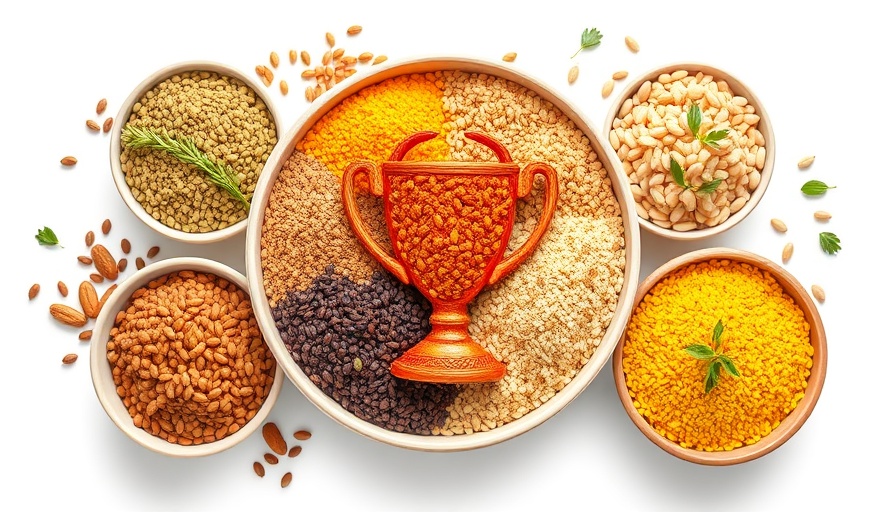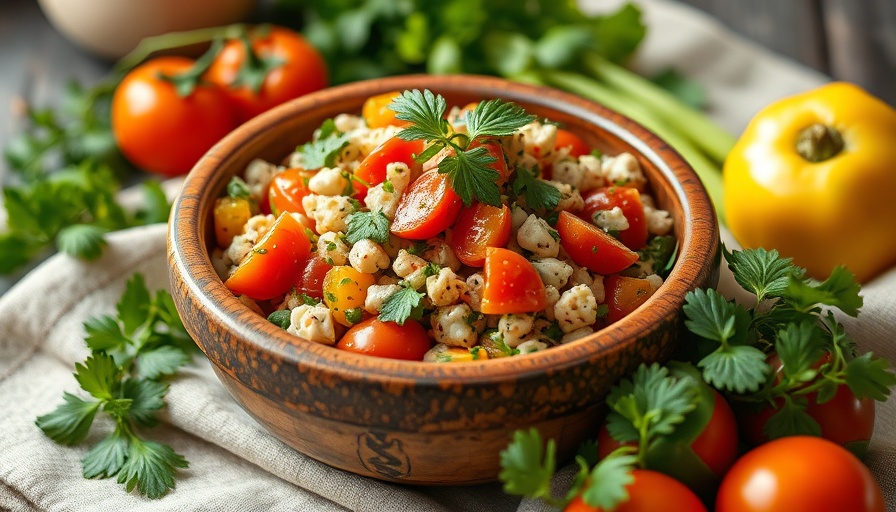
Discover the Best Vegan Salad Dressings for Every Palate
If you're looking to elevate your salad experience, savoring delicious flavors is the way to go! With an abundance of homemade vegan salad dressings available, you'll never have to settle for store-bought options again. Simple ingredients like nuts, seeds, and fruits can turn an ordinary salad into a culinary delight, offering diverse tastes that can cater to everyone. This article rounds up some of the most scrumptious and easy-to-make vegan salad dressings that can serve as your go-to recipes while ensuring your food is exciting and nutritious.
Why Choose Vegan Dressings?
Vegan dressings are not just about being plant-based; they're also a healthier alternative to traditional dressings that often contain dairy, processed sugars, and unhealthy fats. By making your own dressings at home, you get to control what goes into them, tailoring the flavors to satisfy your taste buds without compromising on health. Research shows that adopting a plant-based diet can lead to better heart health, enhanced digestion, and increased energy levels.
Five Deliciously Simple Vegan Salad Dressings to Try
Here are some standout recipes that not only taste incredible but are also quick to whip up:
- Avocado Basil Pesto: Rich, creamy, and perfect for salads or grain bowls, this dressing is a vibrant twist on traditional pesto.
- Cilantro Lime Avocado Dressing: Enjoy a zesty kick with this dairy-free, oil-free dressing that also serves as a fantastic dip or spread.
- 5-Minute Mayo: A quick, eggless mayo that adds creaminess to sandwiches and salads, making it a versatile choice in your dressing lineup.
- Vegan Caesar Dressing: Adapted from traditional recipes, this dairy-free dressing uses nuts for creaminess and can transform any leafy salad into a Caesar delight.
- Chipotle Salad Dressing: This five-minute recipe promises a delightful kick that can jazz up any salad or grain dish.
Unlocking the Flavor Potential of Your Salad
Create dressings that are not only healthy but packed with flavor. Add vibrant ingredients like nutritional yeast for a cheesy taste or tahini for a nutty richness. For instance, a simple tahini dressing can pair wonderfully with quinoa or fresh greens, enhancing your dishes while nourishing your body. A dressing made with a unique combination of herbs and spices can enhance your salad's visual appeal too.
Health Benefits of Homemade Salad Dressing
Using fresh, high-quality ingredients in your salad dressings not only boosts flavor but also adds nutritional value. Ingredients like avocado and nuts offer healthy fats, while herbs provide antioxidants and essential vitamins. Instead of opting for sugar-laden dressings, homemade options allow customization to enjoy delicious flavors without compromising health.
Experimentation is Key
Don’t hesitate to experiment with new flavors and combinations. Vary your ingredients with items like fruits, spices, or vinegars to discover new favorites. For example, a spicy lime vinaigrette can add an exciting twist to classic greens while being oil-free, giving you more options that align with your health goals.
Get Started on Your Dressing Journey!
Ready to transform your salad experience? Don’t wait; grab your pantry staples and start blending up these vegan dressings today. Share your favorite combinations and discover a world of flavors that can invigorate your meals!
 Add Row
Add Row  Add
Add 




Write A Comment